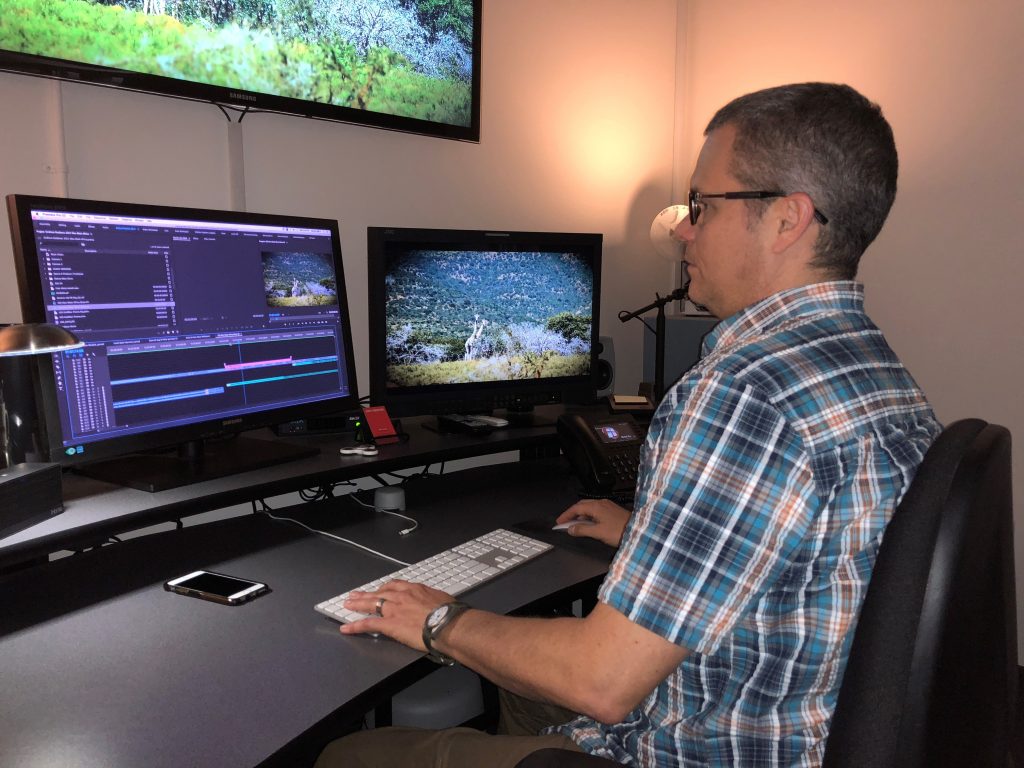
Matt Ruby’s Transition From Non-Linear Editing
Non-linear editing systems (NLEs) were, up until the early ’90s, oppressively expensive. Avid NLEs ruled the market, and an Avid system could cost up to 6 figures. Several smaller companies were creating NLE platforms with two major selling points: they were much more affordable, and their entire workflow and editorial process were brand new.
Avid systems were tied to the actual cutting of physical pieces of film because their user base were editors who did just that. They would cut, copy and paste negatives. The reason a folder is often called a “bin” in an NLE interface? Because when film editors cut out individual clips, they put them in an actual bin. This new generation of NLE systems – notably the Media 100 and Scitex StrataSphere – was altering the editorial philosophy and paradigm by untethering themselves to practices established by the previous generation of film editors.
When Atomic went looking to invest in an NLE system, the environment was changing to make NLEs more accessible not only financially but also educationally. These new systems were designed to be more intuitive and easier to learn than Avid NLEs.
Atomic’s first NLE system was the StrataSphere platform from Scitex. I had learned to edit on an Ampex Ace tape-based edit controller. And when we made the switch to NLE, there was no looking back. Atomic traveled to Kentucky (twice) to acquire Scitex Certification, and we developed a good relationship with Scitex, who was located in the Sierra foothills in Northern California. Accom acquired Scitex Digital Video and released their next generation of edit platform, the Affinity. That’s when I began freelancing more regularly around the Bay Area and even had the opportunity to work at the Accom booth at NAB in Las Vegas as one of the demonstration artists. And I still have one of the control panels in my edit suite at our new offices in Emeryville.
Accom had several clients in the Bay Area, notably KGO TV and SportsChannel (who have now evolved into NBC Sports Bay Area). Since there were no more than 10-15 Affinity systems locally and they were on the newer side, there were not very many Affinity editors freelancing. This fact afforded me the opportunity to work on many different types of projects with many other clients.
I’ve ported my skills over to Final Cut Pro and eventually Adobe Premiere Pro and the Adobe Creative Suite.

